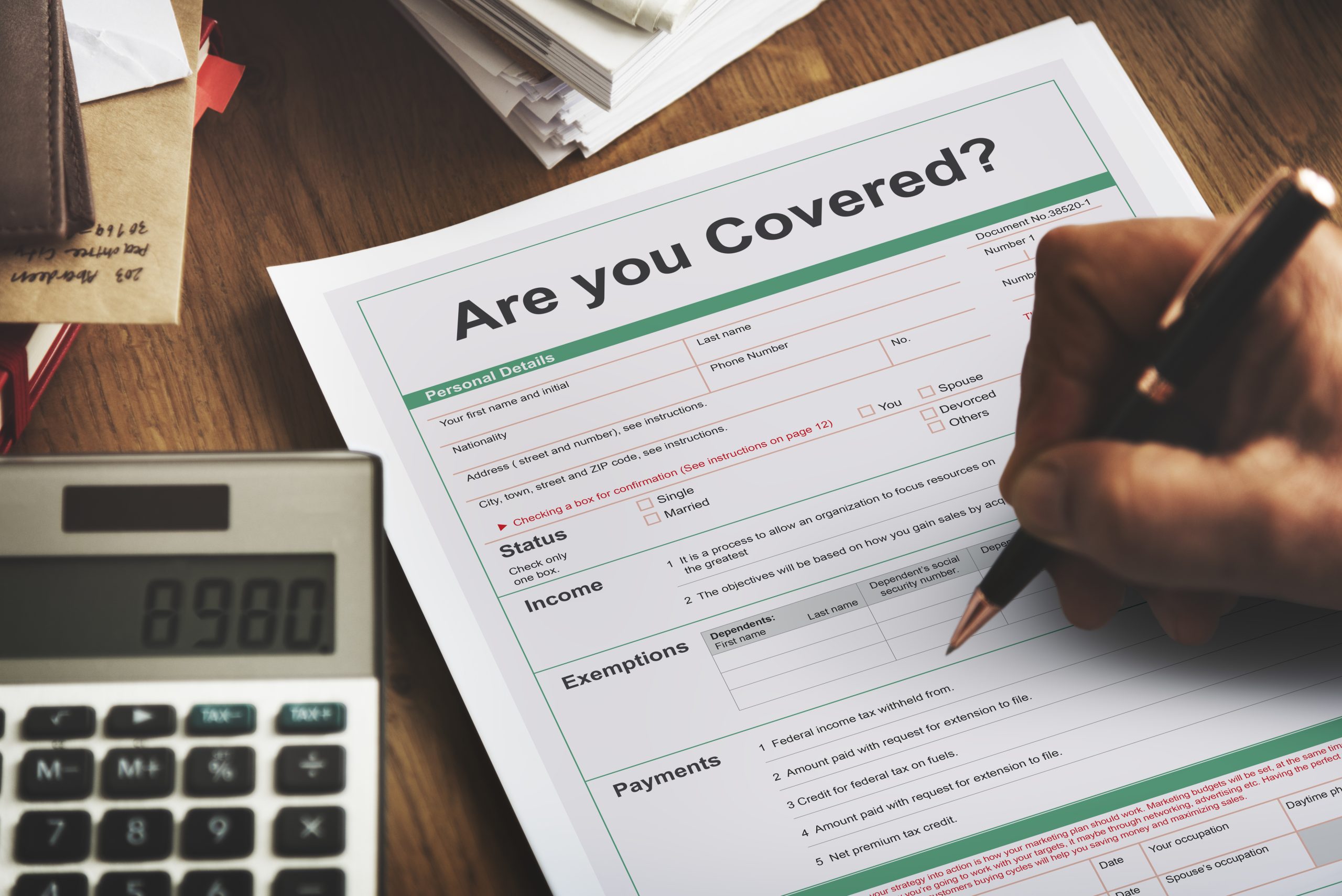- Resources
- Addressing Complexity: Handling Pre-existing Injuries in Personal Injury Claims
Addressing Complexity: Handling Pre-existing Injuries in Personal Injury Claims
May 29, 2024

In personal injury law, pre-existing injuries pose distinct obstacles for plaintiffs and defendants. As described in our previous blog on “Navigating Responsibility: How to Assess Liability in Slip and Fall Cases,” comprehensive evidence collection is crucial for constructing a solid case.
Now, let’s delve into the detailed procedure of managing pre-existing injuries in personal law claims and how conscientious preparation and strategic promotion can result in positive consequences.
Understanding Pre-existing Injuries:
Before the accident, pre-existing injuries pertain to any medical ailments or impairments. These injuries can span from minor illnesses to constant medical conditions, and they might influence the plaintiff’s capacity to recover compensation in a personal injury claim. Lawyers must meticulously assess the essence and scope of the plaintiff’s pre-existing injuries to decide how they might impact the case’s result.
Similarly to practical liability evaluation necessitating thorough evidence collection, managing pre-existing injuries in personal law claims requires precise record-keeping and examination. By accumulating medical records, conducting autonomous medical tests, and discussing with medical specialists, lawyers can thoroughly comprehend the plaintiff’s prior injuries and their effect on the current case.
Proving Aggravation or Exacerbation:
In personal injury cases involving previously existing damages, claimants must demonstrate that the incident aggravated or exacerbated their medical conditions. This frequently consists of proving that the defendant’s carelessness directly worsened the plaintiff’s pre-existing damages or precipitated new damages. Lawyers may additionally provide medical, professional, and other evidence to support their claims of aggravation or exacerbation.
Comprehensive evidence collection is critical for showing aggravation or exacerbation of pre-current damages in personal injury cases. Lawyers can establish a causal affiliation between the incident and the plaintiff’s worsening state by obtaining medical records, diagnostic imaging, and expert opinions. This evidence bolsters the plaintiff’s argument and heightens the possibility of getting compensation for their damages.
Addressing Apportionment of Damages:
In pre-existing injuries, defendants might claim they are solely accountable for harms linked to the accident rather than the plaintiff’s preceding situations. This could mean distributing damages based on the comparative contributions of the incident and the plaintiff’s pre-existing injuries to their general state. Lawyers should offer convincing evidence to uphold their stance on apportionment and suggest efficaciously for their client’s entitlements.
Comprehensive evidence-collecting and strategic advocacy are essential for managing the apportionment of accidents in personal injury cases related to pre-existing injuries. By displaying medical documentation, expert testimony, and other evidence, lawyers can show how the coincidence exacerbated the plaintiff’s pre-existing injuries and endorse comprehensive reimbursement. Adequate groundwork and advocacy improve the possibility of a profitable decision for the plaintiff.
Mitigating Factors and Damages:
In personal injury claims involving pre-existing injuries, defendants may argue that the plaintiff neglected to adopt sensible measures to lessen their damages. This could require showing that the plaintiff did not abide by suggested therapy schemes, looking for suitable medical assistance, or taking other steps to mitigate the effect of their pre-existing injuries on their general state. Lawyers must challenge these contentions by unveiling evidence of the plaintiff’s efforts to reduce damages and completely recuperate from their injuries.
Thorough evidence collection is essential for mitigating damages in personal injury claims concerning pre-existing injuries. By recording the plaintiff’s medical therapy, adherence to advised treatments, and trying to recover from their injuries, lawyers can illustrate that the plaintiff acted sensibly to mitigate damages. This evidence reinforces the plaintiff’s argument and boosts the opportunity of obtaining total remuneration for the injuries.
Conclusion: Managing pre-existing injuries in personal injury lawsuits involves meticulous examination, strategic support, and extensive evidence collection. Through comprehending the character of the plaintiff’s pre-existing injuries, proving aggravation or exacerbation, addressing apportionment of damages, and mitigating factors, lawyers can construct a persuasive argument and advocate successfully on behalf of their clients.
All Categories
- Agile Legal Support (1)
- Case Law (87)
- Case Studies (6)
- Demand Letter (14)
- Deposition Summaries (11)
- Legal Outsourcing (1)
- Legal Research (72)
- Marketing (1)
- Medical Summaries (14)
- Others (4)
- Personal Injury (53)
- Virtual Assistant (58)
- Virtual Paralegal (1)
Related Blogs
Recent Blogs
-


May 29, 2024
What is a Virtual Paralegal Services in the USA & How Can They Help Your Law Firm?
Read more -


May 29, 2024
Benefits of Legal Outsourcing Every U.S. Law Firm Should Know in 2025
Read more -


May 29, 2024
How Agile Legal Support is Changing the Face of Law Firms: Efficiency, Cost Savings and Pro-Client Outlook
Read more
